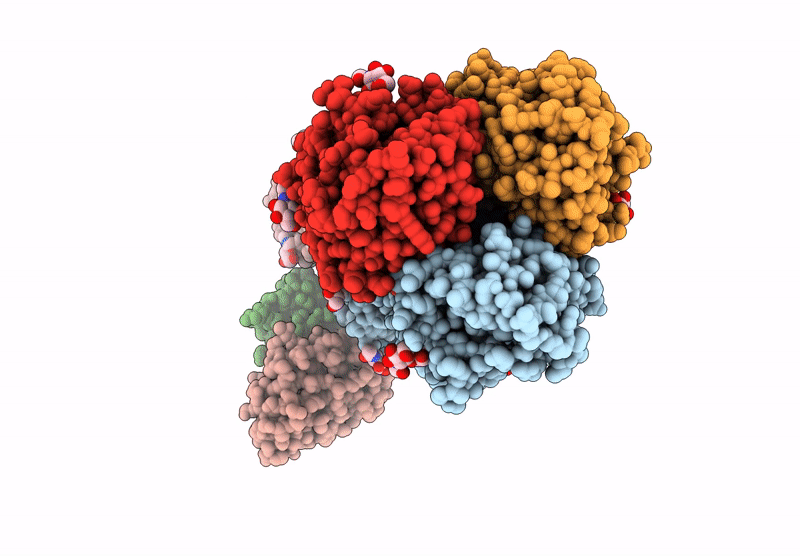
Deposition Date
2024-09-11
Release Date
2025-02-19
Last Version Date
2025-02-19
Entry Detail
PDB ID:
9DM0
Keywords:
Title:
Cryo-EM structure of the SFV009 3G01 Fab in complex with A/California/04/2009
Biological Source:
Source Organism:
Homo sapiens (Taxon ID: 9606)
Influenza A virus (A/California/04/2009(H1N1)) (Taxon ID: 641809)
Influenza A virus (A/California/04/2009(H1N1)) (Taxon ID: 641809)
Host Organism:
Method Details:
Experimental Method:
Resolution:
2.90 Å
Aggregation State:
PARTICLE
Reconstruction Method:
SINGLE PARTICLE


